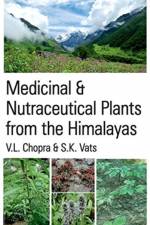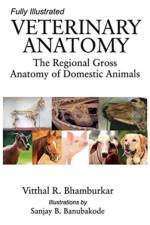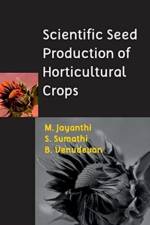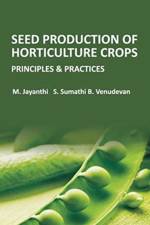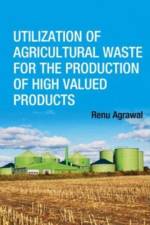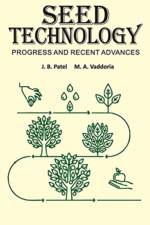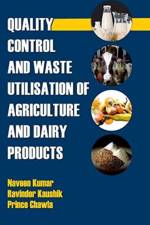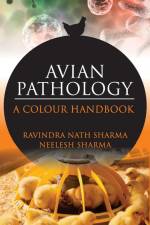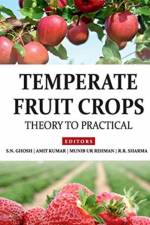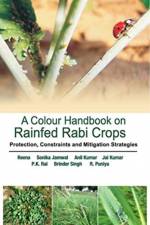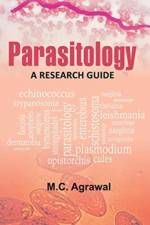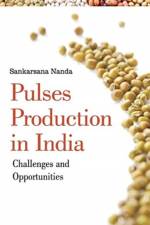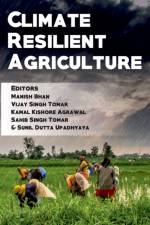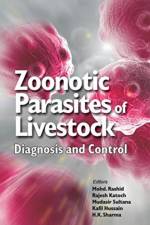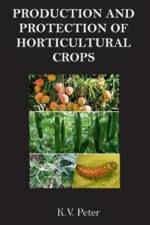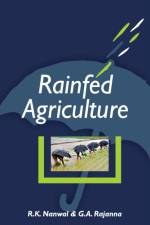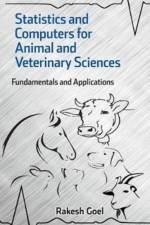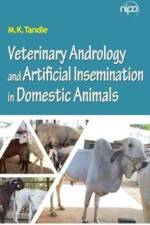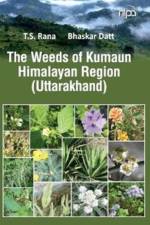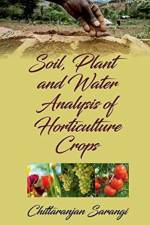- Theory to Practical
av S.N.Ghosh Sharma
3 525
In keeping in view, the challenges faced by the temperate fruit industry and a uniform syllabus approved by the ICAR for under graduate and PG students, the editors planned to write a book entitled 'Temperate Fruit Crops: Theory to Practical'. The book is an effort to summarize the current research information on temperate fruits in a comprehensive treatise. Authors attempted to provide the information and physiology behind current cultural practices as well as future trends. The book have 15 chapters on important temperate fruits such as apple, pear, apricot, peach, plum, cherry, strawberry, kiwi, almond, olive, hazelnut, pistachio nut, pecan nut, quince and walnut. Besides dealing with principles and cultivation practices of 15-temperate fruits, this book contains information on all difficulties faced by a farmer with practical application on all cultivation aspects. Efforts have been made to provide the maximum information about the nutritive and medicinal value, origin and distribution, area of cultivation, genus and different species, cytogenetic, botanical description including flowering and fruiting, physiology of flowering, fruit set and development, abiotic factors limiting production, varieties, suitable climate and soil, different methods of propagation including micro-propagation, all aspects of cultivation, insect-pest, diseases and their control, physiological disorder and their control measures, harvesting, yield, post harvest management and storage, value addition, economics of cultivation, trade and marketing, organic cultivation, effect of climate change and future research thrust of individual crop in such a way that the information may be easily transmitted among the scientists, researchers, students, policy makers and entrepreneur.


